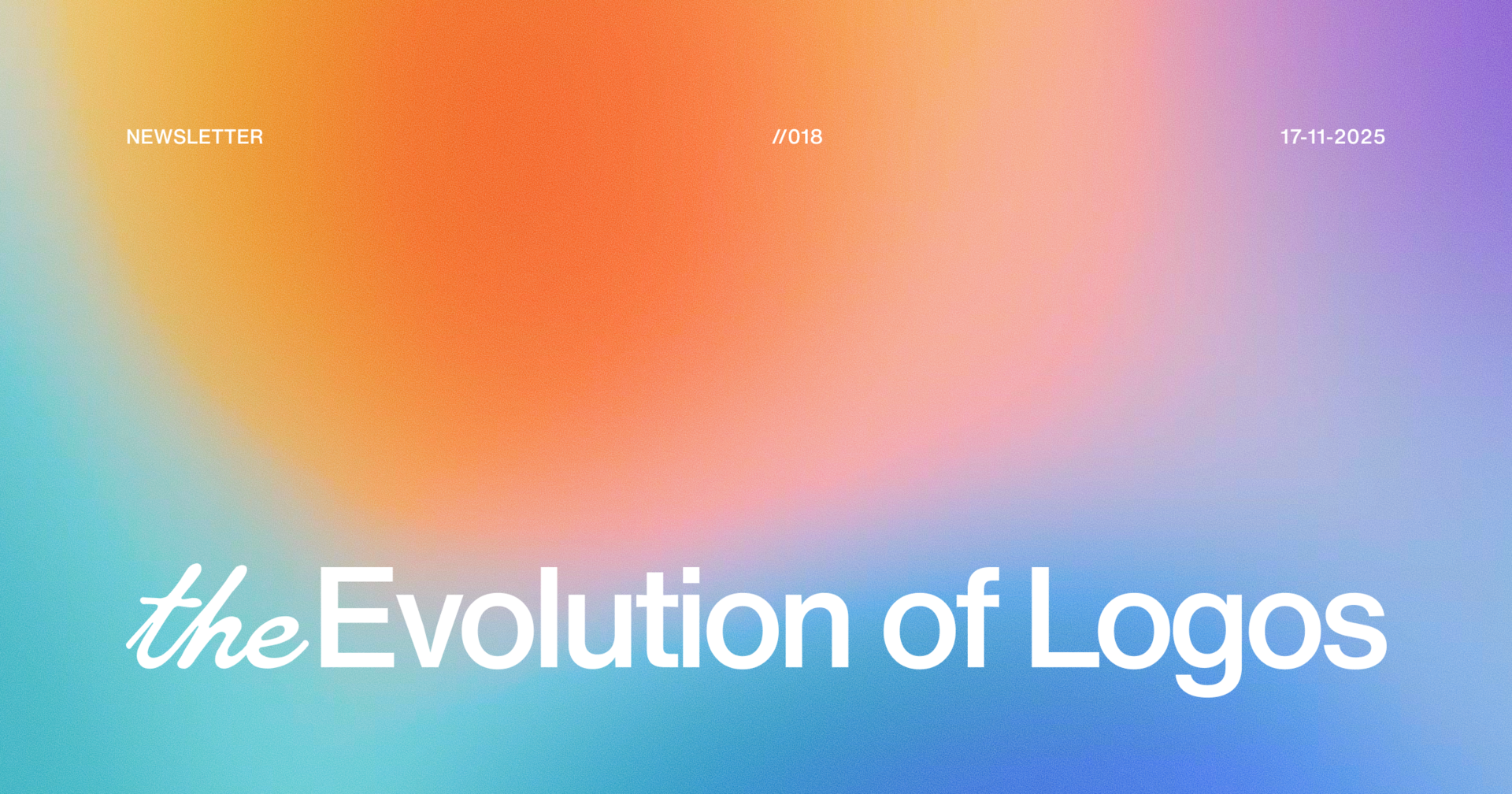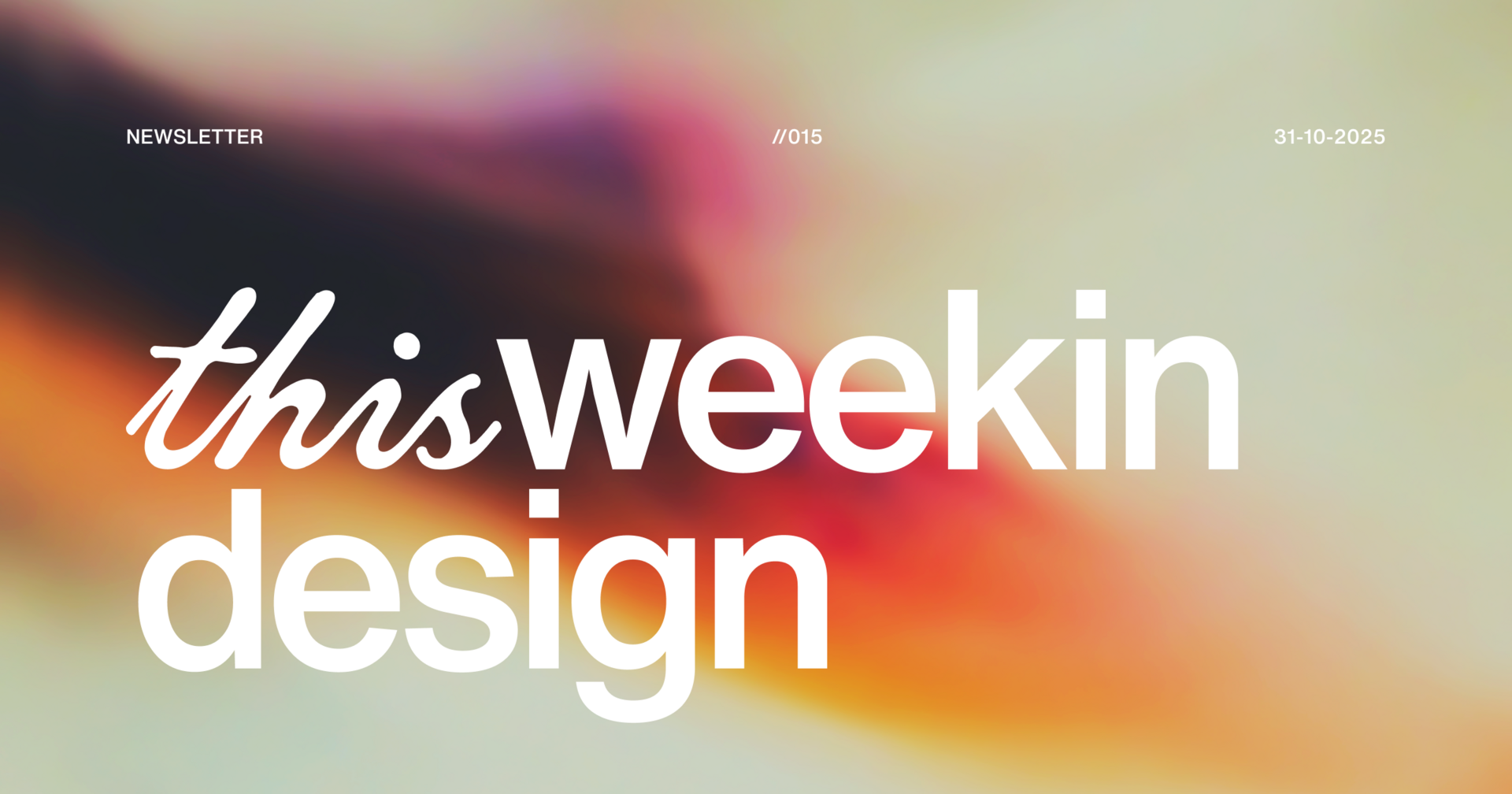
A logo isn’t just decoration, it’s the face of your brand.
It’s the first thing people notice, the mark they remember, and often the symbol they trust. In one simple shape, your logo carries recognition, credibility, and your brand’s story.
Done right, it’s not just a design. It’s your identity, distilled into a single mark.

What Makes a Logo Memorable?
Not all logos stick. The ones that do share a few timeless qualities:
1. Simplicity
The best logos are stripped to their essence. They’re easy to recognize at a glance, whether on a billboard or a phone screen. Think Nike’s swoosh, one stroke, endless recognition.
2. Relevance
A logo should feel true to the brand’s values and personality. A playful brand might lean into curves and bright tones, while a luxury brand demands restraint and elegance. Relevance ensures your logo resonates with the right audience.
3. Versatility
A strong logo works everywhere: websites, business cards, packaging, even a tiny app icon. That means it looks just as powerful in black and white as it does in full color, and at 16px as it does at 16ft.
4. Timelessness
Iconic logos last decades. Coca-Cola hasn’t changed its wordmark in over 100 years. A memorable logo feels classic, not disposable, designed to grow with the brand, not chase the moment.
A memorable logo isn’t about complexity, it’s about clarity, relevance, and the ability to stand the test of time.

The Process
1) Research & Discovery
Ground the logo in reality (brand, audience, market).
Interview (why now, goals, constraints).
Audit competitors & adjacent categories (what to avoid / opportunities to own).
Define audience & use-cases (app icon, packaging, signage, favicon).
2) Define Brand Strategy
Clarify positioning, values, personality (e.g., “confident, warm, modern”).
Choose logo type candidates (wordmark, lettermark/monogram, symbol, combo mark).
Draft tone & mood words, early color territories (neutral, vibrant, premium).
Mini creative direction (moodboards, reference matrix, guardrails).
3) Concept Development
Generate distinct, strategic routes.
Rapid sketching (30–50 thumbnails): shapes, negative space, initials, abstract forms.
Build 3–4 concept routes (black only): test core geometry, proportions, rhythm.
Explore wordmark options (custom letterforms, kerning, ligatures).
Output: 3 strong routes (with rationale) presented in grayscale.
Each route should say something different but true about the brand.
4) Refinement
Evolve the chosen route into a master mark.
Tighten vectors (grids, symmetry, optical corrections, corner radii).
Pair with typography (primary/secondary), explore spacing & lockups.
Early color trials (still test in mono first).
Output: Master lockup(s), clear-space rule, minimum size, type pairing.
Quality check: The “logo-off” test, remove the wordmark. Is the symbol still identifiable?
5) Versatility Testing
Prove it works everywhere.
Scale tests: 16px favicon → social avatar → billboard.
Color tests: mono/duotone, light/dark/bg photos, reversed usage.
Context tests: app icon, email header, presentation cover, packaging mock.
If any critical use-case fails, refine before color finalization.
6) Finalization & Delivery
Ship a future-proof system, not just a file.
File exports: SVG, PDF (vector), PNG (transparent, multiple sizes), EPS on request.
Color specs: HEX/RGB (digital), CMYK (print), Pantone (spot), with ratios & do/don’ts.
Guidelines: Clear space, min size, color usage, backgrounds, typography, spacing, incorrect usage.
Variants: Primary, secondary, icon/monogram, light/dark, favicons/app icons.
Output: Logo pack + brand sheet (or mini guidelines).
Quality check: Can a partner agency use this without asking a single question?
Tips:
Design in black first, if it works in mono, color will amplify it.
Use geometry + optical corrections (math guides the eye, optics make it feel right).
Name and organize files clearly (e.g.,
Brand-Logo_Primary_RGB-SVG.svg).Lock in usage rights & trademark checks early.
Optional Hand-off Checklist
Master vector (SVG/PDF)
PNG set (1×/2×, light/dark)
Color spec sheet (RGB/HEX/CMYK/Pantone)
Clear-space & min-size rules
Lockups (horizontal/stacked/icon)
Typeface licenses or substitutes
Mini guidelines (8–12 pages)
Common Logo Mistakes to Avoid
Even with the best intentions, many logos fail because they ignore the fundamentals. Here are the most common pitfalls to watch out for:
1. Overcomplicating with Too Many Details
A logo should be simple enough to remember at a glance. Extra lines, colors, or effects might look cool in a presentation but collapse when scaled down to an app icon or social avatar.
2. Following Design Fads Instead of Strategy
Trends come and go, gradients, swooshes, “Web 2.0 gloss.”
If your logo is built on a fad instead of your brand’s strategy, it will age out quickly. Timeless beats trendy every time.
3. Ignoring Scalability
A good logo must work everywhere, from a massive billboard to a tiny favicon. If it only looks good big, it’s not functional. Test at multiple sizes before finalizing.
4. Inconsistent Usage Without Guidelines
A great logo used inconsistently loses power fast. Without clear rules for spacing, colors, and backgrounds, your brand will look chaotic across touchpoints. Always create and share usage guidelines.
A strong logo is simple, strategic, scalable, and consistent. If it fails on any one of these, it won’t be memorable.
Famous Examples of Memorable Logos
Some logos have become cultural icons, not just because of design, but because they embody the brand’s story and values.
Nike
A single swoosh, drawn in one stroke. It represents speed, movement, and victory. Its simplicity makes it endlessly adaptable, from sneakers to stadiums, while staying unmistakable.

Apple
A clean, minimal apple with a bite taken out. It’s symbolic (knowledge, innovation, accessibility) and instantly recognizable. The logo scales perfectly across devices, packaging, and ads.

FedEx
At first glance, it looks like a bold wordmark. Look closer, and you’ll see a hidden arrow between the “E” and “x.” That clever use of negative space reinforces movement, speed, and precision, exactly what a courier service promises.

Coca-Cola
A flowing, custom script that has barely changed in over a century. Its heritage, personality, and emotion are baked into every curve. More than a logo, it’s a piece of cultural nostalgia.

The most memorable logos aren’t complicated. They’re simple, versatile, and loaded with meaning, which is why they stand the test of time.
A logo is not just a design, it’s your brand’s signature.
It’s the mark people remember, trust, and connect with long after the first impression.
Thanks for reading! I hope you enjoyed this edition and would consider forwarding it to a friend.
If you hated it, reply and let us know what we could do differently. Same time next week ✌️





